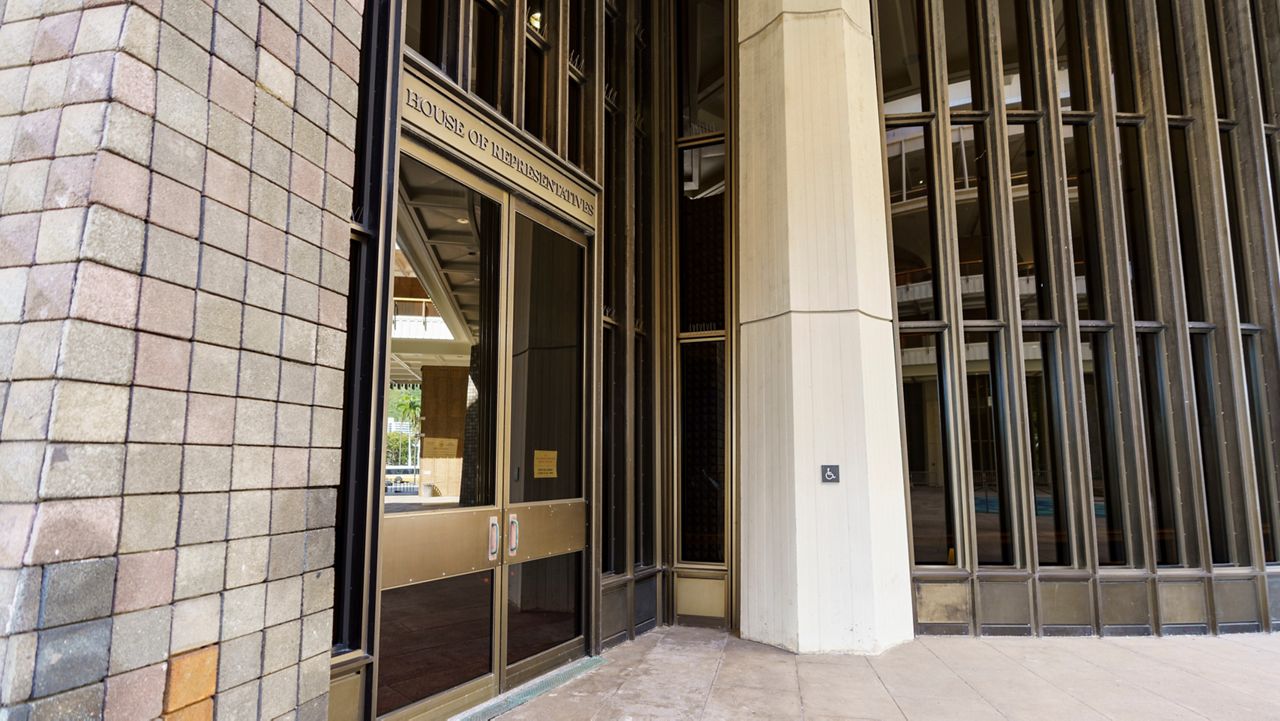HONOLULU — A bill steadily advancing through the state Legislature takes a dim view of existing jaywalking statutes and enforcement.
According to Senate Bill 2630, Senate Draft 1, jaywalking laws are “needlessly restrictive,” jaywalking fines disproportionately impact people who walk rather than drive, and relying on traffic lights and street markings may not be as wise as trusting the perception and judgment of pedestrians.
The measure, which passed third reading in the Senate on March 5 and cleared the House Committee on Transportation last week, proposes to allow pedestrians to jaywalk, despite existing prohibitions, when a reasonably careful person would determine that there is no immediate danger of a collision with a moving vehicle. It would also set a minimum fine of $100 for drivers that exceed the posted maximum speed limit.
In written testimony to the transportation committee, the state Department of Health declined to take a position on the measure but highlighted several arguments for the value of walking and the benefit of removing barriers to pedestrian movement. The department further testified that pedestrian access to everyday destinations like bus stops, schools and work sites is also a matter of social justice and health equity.
“Jaywalking contributes to racially based police stops, which aligns with the overrepresentation of people of color in the criminal justice system,” the department stated. “Hawaii has a history of disproportionately policing and incarcerating Native Hawaiians and Pacific Islanders, so decriminalizing jaywalking would address some of the racial injustices in our state. In 2019, NHPI people were involved in over a one-third of police force incidents, despite making up only one-fourth of the population.
“Active transportation, including walking, biking, and rolling, provides everyday opportunities for physical activity. Adequate built environment infrastructure is critical for accessibility, connectivity to essential community destinations, and safety,” it continued. “Removing barriers to equitable access and making up for historical underinvestment that has resulted in inadequate walking, biking, and mobility infrastructure are important components to encourage active transportation.”
DOH also cited studies showing jaywalking laws are ineffective at improving roadway safety and cities and states that have decriminalized jaywalking have experienced little to no change in the number of injuries and fatalities.
However, the state Department of Transportation opposes the bill, arguing that allowing pedestrians to disregard traffic laws “will create traffic situations that other road users are not expecting yet be responsible for.”
“Pedestrians crossing the street against nationally established traffic control devices and/or contrary to other road user expectations will be challenging especially for children and elderly persons, our most vulnerable road users,” the department stated in written testimony. “A pedestrian may think it is safe to cross the roadway against traffic signal indications, however they may not be aware of conflicts with turning vehicles, and drivers would encounter situations that they do not expect. In addition, pedestrians may be prohibited from crossing a street at certain locations due to conditions that may not be obvious to the pedestrian, such as high vehicular speeds or volumes, limited sight distance for vehicles or pedestrians, and insufficient roadway street lighting.”
The state Department of Law Enforcement also testified in opposition to a bill it said would equate to “a free pass for jaywalking.”
“This essentially ties the hands of every law enforcement officer when it comes to pedestrians illegally in the roadway unless the officer is able to identify and clearly articulate how a reasonably careful pedestrian would think it is safe to do so,” the department stated. “Problematic with this is the fact that our law enforcement officers will be required to determine the thoughts and evaluate the physical capabilities of the subject in relation to the situation in which they have placed themselves. Additionally, because the statute makes it a clear prohibition for any officer to stop, fine, or subject a pedestrian to any other penalty without making this finding, determination, and evaluation, there would appear to be significant liability for making such a decision.”
Testifying in support on the bill, the Hawaii Appleseed Center for Law and Economic Justice noted that Hawaii records significantly higher numbers of jaywalking citations — an average of 5,028 per year — than other localities. For example, from 2000 to 2023, the per capita rate of jaywalking citations issued in Washington State was 6 per 100,000. In Hawaii, the rate is 349 per 100,000.
According to the organization, jaywalking enforcement leads to hostility toward pedestrians, over-policing of black and brown communities, loss of state revenue (from the low collection of assessed fees versus the cost of public resources expended to make citations), and the negative impact of debt collection and court records for violators.
The organization, which supports full decriminalization of jaywalking, recommended that the current bill exclude a clause that requires that pedestrians be more than 200 feet from a marked crosswalk to exercise discretion in whether to cross a roadway contrary to the traffic code.
The bill cleared the transportation committee on a 5-2 vote. It now sits with the House Committee on Judiciary and Hawaiian Affairs, but has not yet been scheduled for a hearing.
Michael Tsai covers local and state politics for Spectrum News Hawaii. He can be reached at michael.tsai@charter.com.









